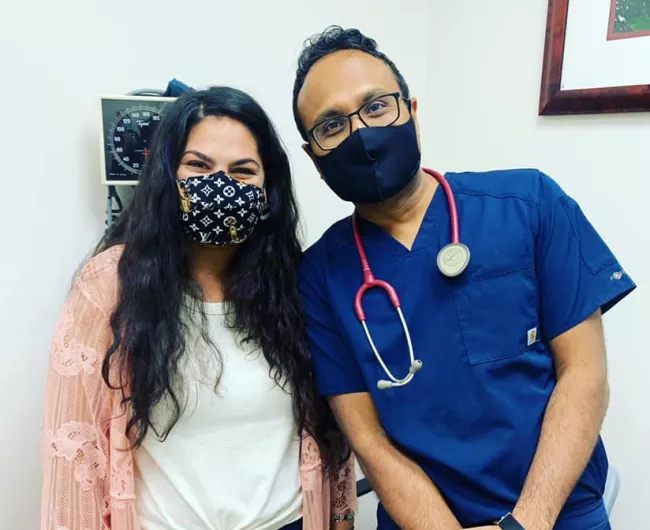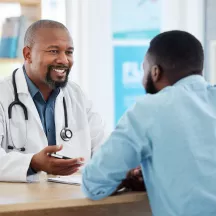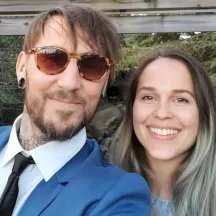Low anterior resection (LAR) for rectal cancer
A low anterior resection (LAR) is a common surgery for colorectal cancer.
What is a low anterior resection (LAR)?
In this procedure, the surgeon removes the diseased portion of the rectum and the sigmoid colon. Some lymph nodes and surrounding tissue are also removed.

LAR methods
Your surgeon may perform your colectomy as anopen surgery, laparoscopic surgery, or robotic-assisted surgery.
The technique will depend on:
- your overall health
- tumor size
- the surgeon's experience and preference
Will I need a colostomy bag?
Some LAR surgeries do not require a stoma if the surgeon is able to connect the two ends of the colon together. The part of the colon that is joined is called an anastomosis.
However, because this surgery takes place so deep in the pelvis, patients may be at a higher risk of anastomotic leaks and fecal incontinence.
To reduce the risk, your surgeon may create a temporary ostomy to divert fecal matter away from the newly created anastomosis.

Recovery
After left hemicolectomy surgery:
- You will have some pain that can be controlled with medication.
- For a few days, you may be on a liquid diet to let your colon heal.
- Bowel function usually returns within three days after surgery.
- Your doctor will determine when you can return to work, driving, and other activities.

Risks and possible complications
Risks of any surgery depend on several factors, including your overall health and the extent of the surgery.
Rectal cancer patients are also at increased risk of developing low anterior resection syndrome (LARS), a collection of symptoms ranging from fecal incontinence with frequency and urgency to constipation and incomplete emptying.
Other problems are rare but can include:
- infection
- bleeding
- blood clots in the legs (DVT)
- leak at the anastomosis
- scar tissue in the abdominal cavity (adhesions)
- sexual dysfunction
More about surgery
What to know before your surgeryTop resources

"Clinical trials gave us time": A daughter’s tribute to her mother’s courage
When Kate Shin’s mother faced rectal cancer, clinical trials gave them precious time together. Now, Kate shares her story to encourage access to screening and innovative care, including clinical trials.

2025 ASCO update: Six big studies
The 2025 ASCO Annual Meeting featured several important studies that could change how colorectal cancer is treated, including a pivotal study for BRAF V600E patients.

NIH: Combination immunotherapy shrank GI cancers
A new kind of tumor infiltrating lymphocyte (TIL) therapy improved the treatment’s effectiveness in patients with metastatic GI cancers.





